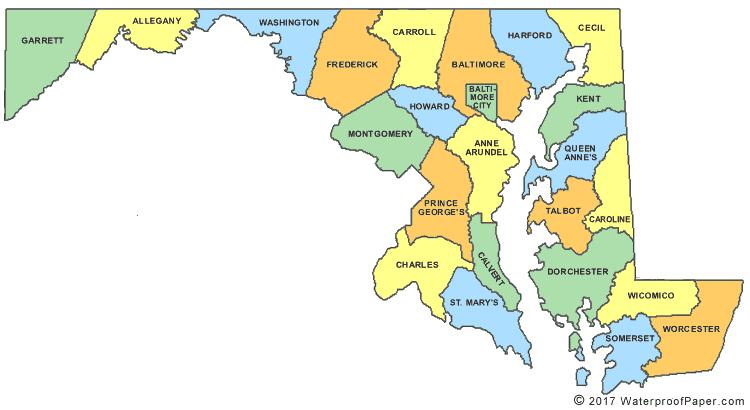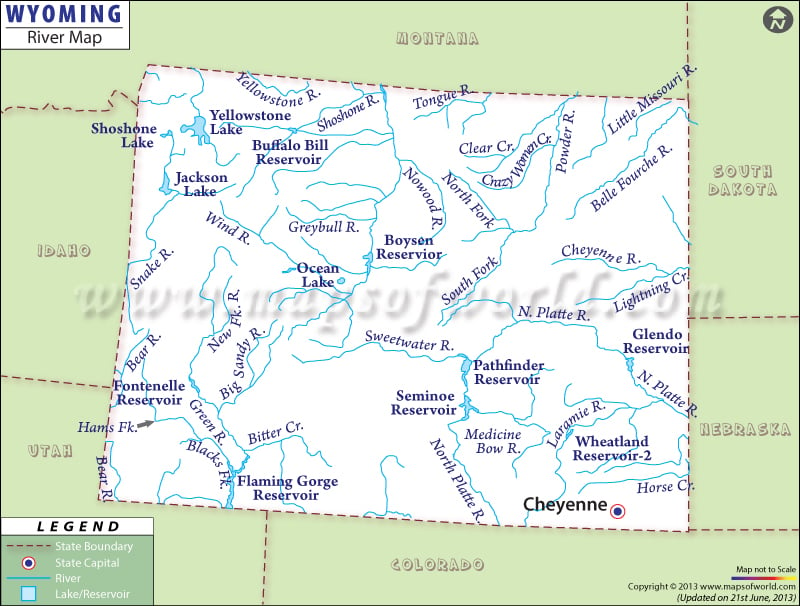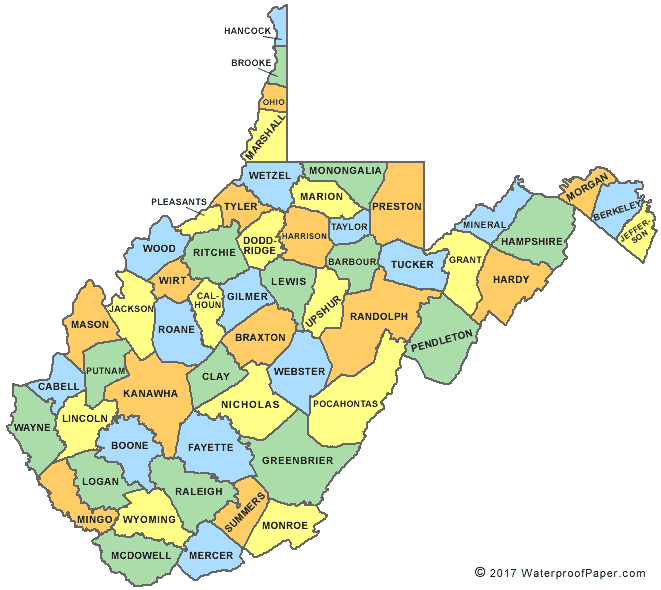If you've ever wondered how your state got its shape, in this C-Span video Mark Stein talks about his book How States Got Their Shapes (Smithsonian Books/Collins). He explains how American states' borders were drawn and why they have their current shapes.
Topics included the influence of the Erie Canal on the shapes of Indiana, Ohio, Wisconsin, and Minnesota, and the sizes of Texas and California, all the western states, and pretty much all the rest. Very interesting. Following his remarks, Mr. Stein responded to questions from the audience. He is a screenwriter and playwright. He has taught writing and drama at Catholic University and American University.
VIDEO FROM THE C-SPAN LIBRARY - 1-Hour
Topics included the influence of the Erie Canal on the shapes of Indiana, Ohio, Wisconsin, and Minnesota, and the sizes of Texas and California, all the western states, and pretty much all the rest. Very interesting. Following his remarks, Mr. Stein responded to questions from the audience. He is a screenwriter and playwright. He has taught writing and drama at Catholic University and American University.
VIDEO FROM THE C-SPAN LIBRARY - 1-Hour


 ...
...






